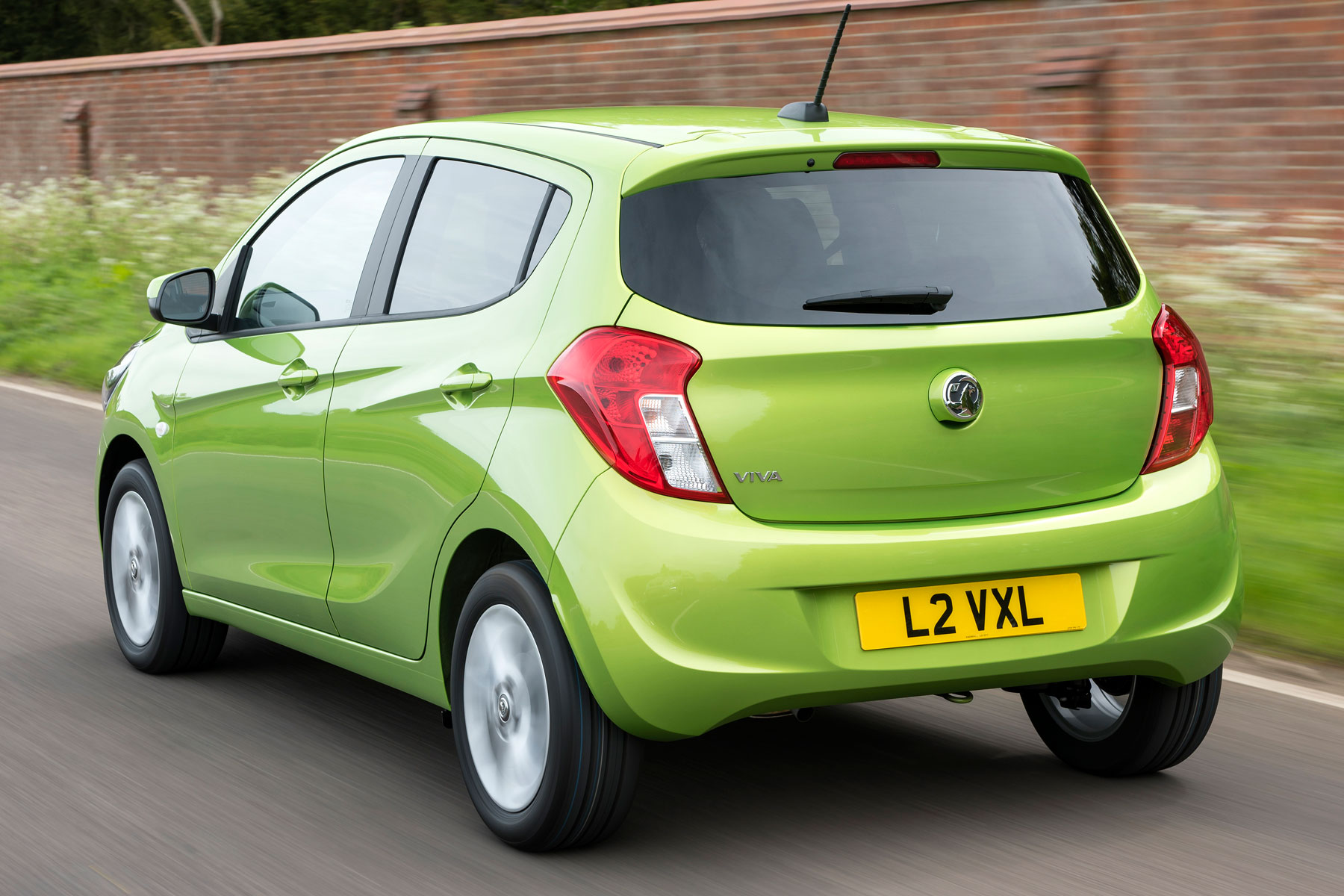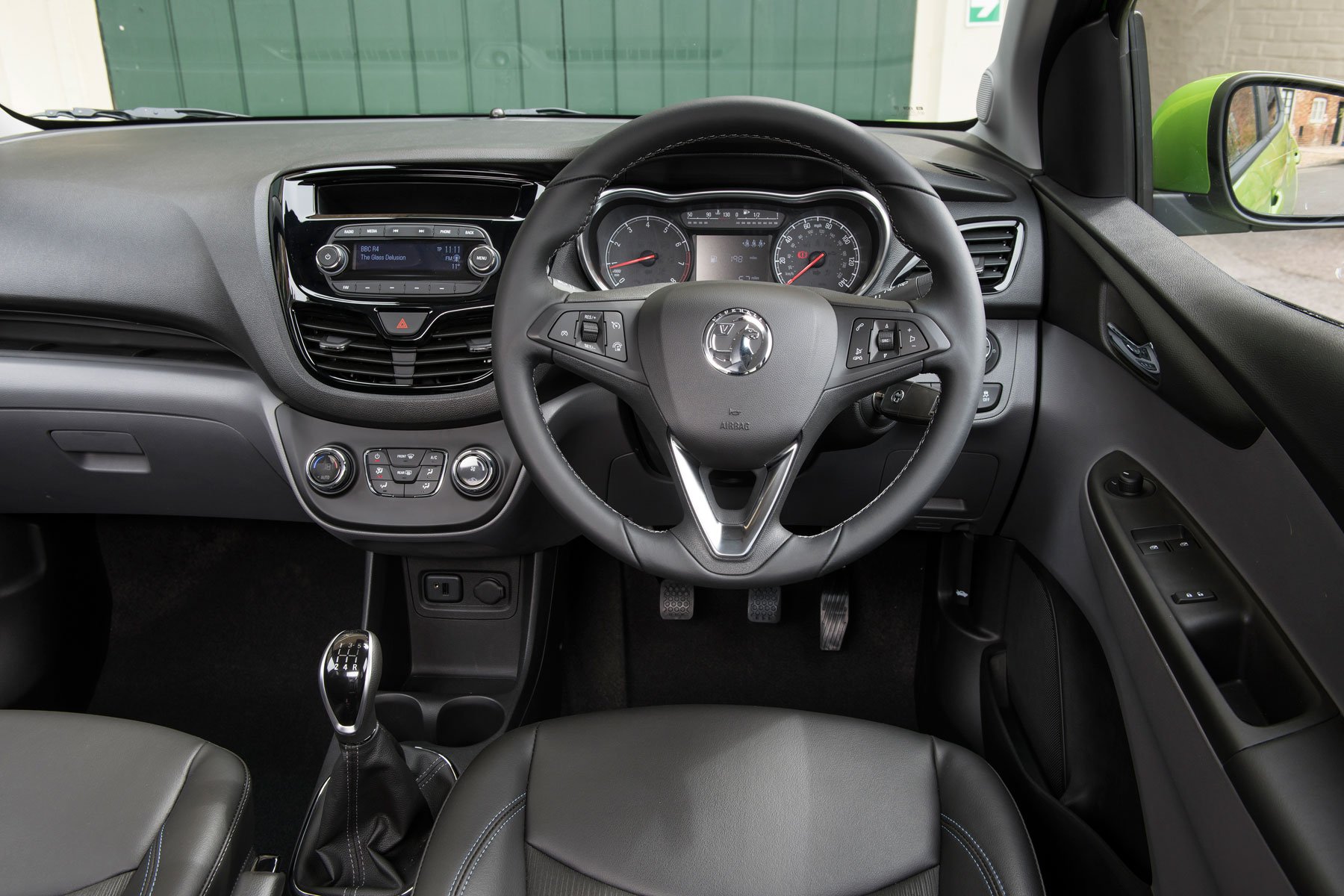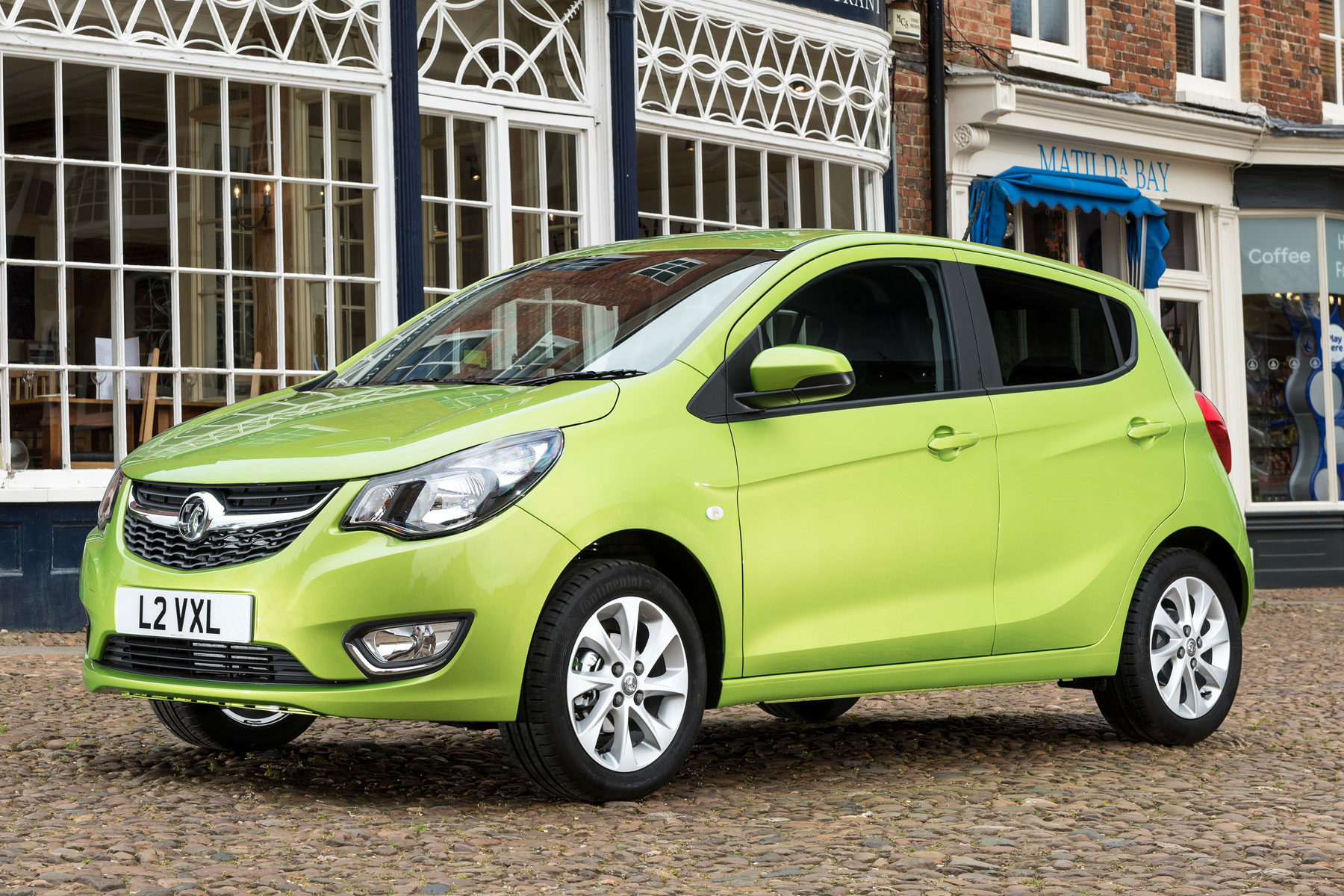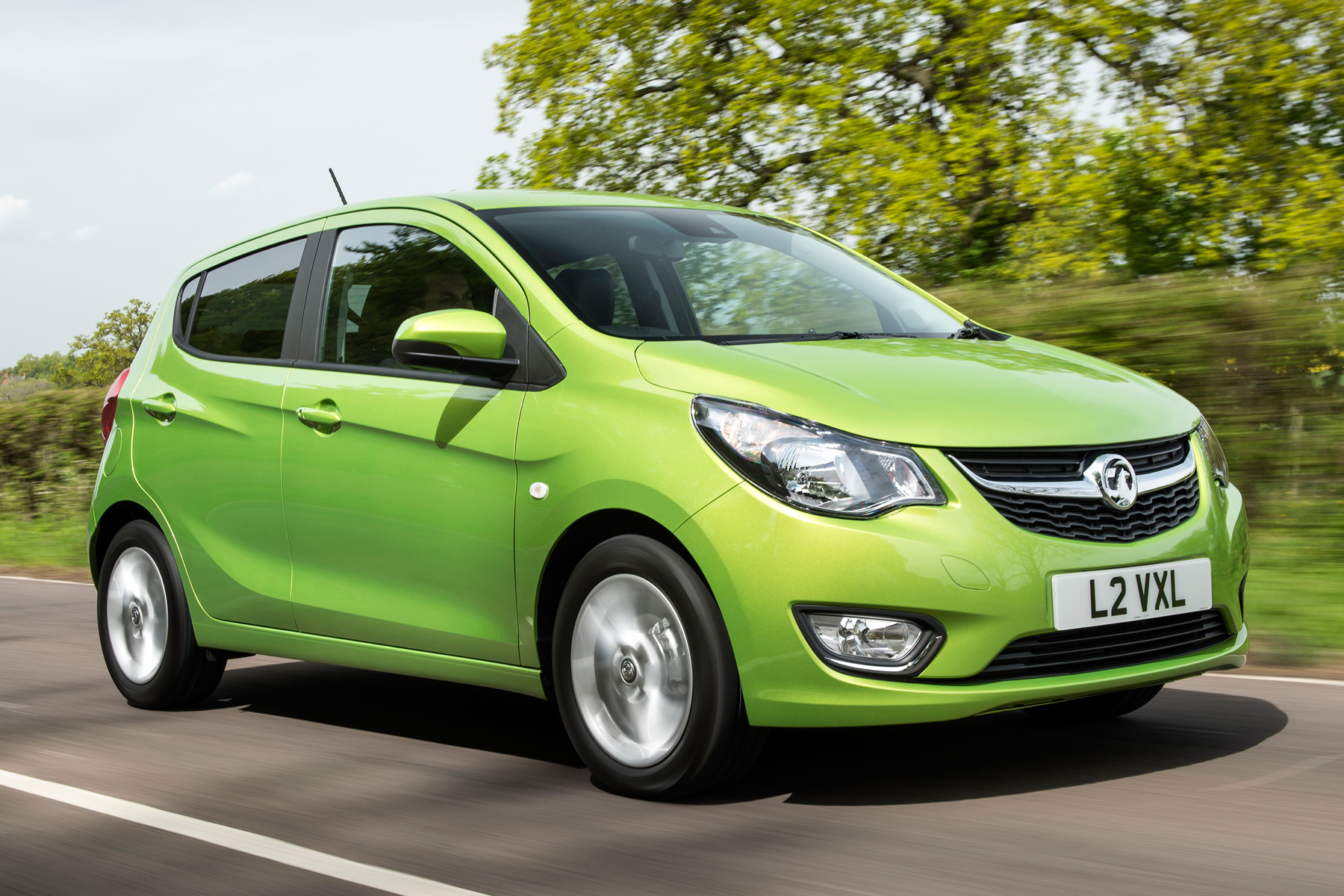The Vauxhall Viva is a competent and sensible city car. But it needs to up its game to better the best in this sector.
Andrew Brady | May 2015
Remember when city cars were abysmal things, bought only by those who couldn’t even stretch to a Ford Fiesta? Think cars like the Chevrolet Spark, Kia Pride and, shudder, City Rover. These were the sort of cars that came with nothing as standard and could barely reach motorway speeds. Most of us only had the pleasure of driving one when tossed the keys for €10 a day during our yearly pilgrimage to Kavos.
Then the Volkswagen Up! came along and changed everything. It looked great, wasn’t painful to drive and for the first time ever, was a city car people actually wanted.
Other manufacturers followed. They realised that low-priced and small needn’t mean basic and, well, horrible.
Suddenly the city car segment became popular. It became fashionable to have the latest Up!, Aygo or Twingo. These cars were packed with kit, loaded with personalisation options and were surprisingly fun to drive. No wonder the segment has doubled in size since 2005 and now accounts for 10% of all new car registrations in the UK.
So, you’re expecting us to tell you about how Vauxhall’s latest city car contender combines a suitably retro name (the original Viva was axed in 1979), a generous amount of kit as standard with low running costs, and a low, low purchase price. Well…
What’s the Vauxhall Viva like to drive?

Buyers of the Viva don’t get a choice of engine. You get the same 1.0-litre as in the Corsa and Adam (and as of later this year, the Astra). The turbocharged three-cylinder is a hoot in bigger models, and a genuine rival to Ford’s class-leading Ecoboost.
Only, in the Viva, it doesn’t get the turbo. That means it’s packing a modest 75hp and takes 13.1 seconds to reach 62mph. Not the end of the world, perhaps, as performance isn’t a priority for buyers in this sector.
Around town, it’s perfectly sprightly and flows with the traffic nicely. Out of town, though, and you’ll be wanting a downhill section to overtake. A long downhill section. A long, downhill section of dual carriageway.
You soon get used to working the Viva hard to get anywhere. But that’s not a bad thing. The five-speed gearbox is lovely, while the clutch is lighter than a very light thing. It’s all very easy to drive, as long as you’re not in a rush.
The steering feels similar to that of a Corsa, which is a good thing – fairly direct and confidence-inspiring. You also get Vauxhall’s city steering button which can be pressed to make the steering ultra, ultra light around town. That makes darting in and out of traffic really easy, but its turning circle isn’t up there with the likes of the Smart Fortwo.
The ride, however, is excellent. Vauxhall claims it’s spent about a year perfecting it for UK roads, and it certainly copes with bumps and uneven road surfaces well. Wind it up to motorway speeds, however, and while it rides well, you will find yourself having to talk a little bit louder to hold a conversation. That’s the Viva’s blocky shape for you.
OK, so what’s the Vauxhall Viva like inside?

Buyers at this end of the market love choice, apparently. That’s why the Vauxhall Adam’s interior can be customised in over 82,000 different ways. But if it’s customisation you’re after, stop being miserly and buy the Adam.
The Viva gets a choice of just two trim levels. There’s the entry-level SE, starting at £7,995, which comes with a competitive amount of kit as standard. We’re talking cruise control, heated door mirrors and hill start assist – fairly impressive for an entry-level city car.
Then there’s the top-spec SL, which starts at £9,495. That adds Bluetooth music streaming, climate control and 15 inch alloys. Crucially, it also adds a leather-covered steering wheel and two-tone grey facia – both of which combine to make the Viva feel a little bit, er, less cheap.
At this price you can forgive the Viva for a few cheap looking plastics, but the Viva’s interior is almost entirely devoid of character. On the plus side, the seats are comfortable and there are a few grown-up features which make it feel like a Corsa that’s been shrunk in the wash. The steering wheel, for example, is straight out of the Corsa, while some money has been spent improving small things like the gearstick.
This goes some way to lifting the otherwise slightly drab cabin, and practicality is on its side. Even the entry-level model comes with five doors, which helps if you’re carrying rear-seat passengers regularly. While there’s not copious amounts of rear legroom, you will get a couple of adults in the back at a push. They’ll soon be complaining of feeling claustrophobic on anything more than a short, urban journey, however.
Boot space isn’t particularly generous, either, coming in at 206 litres. Access is good, but it falls short of the Hyundai i10 (252 litres), Suzuki Celerio (254 litres) and Volkswagen Up! (251 litres).
This is all starting to sound a bit average…

That’s the thing about the Viva. Had it been introduced five or six years ago it would have been a revelation. But today, well, it’s a competent, sensible car for not a lot of money.
But why would you buy one when its rivals are just so good? A lot of people seem to have an affinity to Vauxhall. It’s been jostling with Ford for the position of number one carmaker for UK sales since, well, forever. The fact is you can buy a better all-rounder with a longer warranty for similar money from a Korean manufacturer (enter Hyundai i10), but some people just want a Vauxhall.
And we can respect that. With 363 dealers in the UK – second only to Ford – the chances are you’ve got a Vauxhall dealer locally. Is that enough of a reason to buy a Viva?
OK, there’s also the excellent ride, five doors and decent amount of standard specification. We could understand why you would buy one. But visit your local Hyundai dealer before handing over any money.
Rivals: Vauxhall Viva
- Hyundai i10
- Skoda Citigo
- SEAT Mii
- Toyota Aygo
- Suzuki Celerio
The Hyundai i10 is the one to beat in this segment, and the Vauxhall Viva does fall short in most areas. The Citigo (and its Up! and Mii brethrens) has been around for a while but continues to be a strong contender, while the new Toyota Aygo (along with the Citroen C1 and Peugeot 108) offers a bit more character for the money. The Suzuki Celerio also puts up a good fight against the Viva.
Specification: Vauxhall Viva
Engine 1.0-litre petrol
Gearbox 5-speed manual (Easytronic due in January 2016)
Power 75hp
Torque 70lb/ft
0-62mph 13.1 seconds
Top speed 106mph
MPG 62.8 – 65.7
CO2 99 – 104g/km
